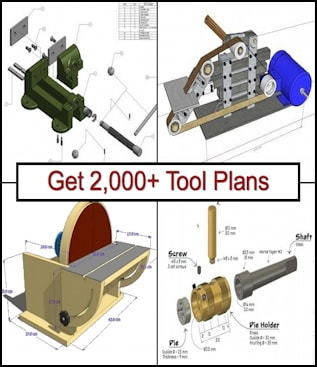Lots of VFD's out there but most have a constant voltage or constant torque feature. Some have adjustments to these features allowing you to tune those features to the application. Yes it will generate some heat but they work by basically manipulating the duty cycle through frequency. Most of the smaller ones will handle a 1/2-3/4hp motor no problem from a few RPM to over speed by ~10% and still maintain torque. With a band saw there is a lot of spun mass (inertia) in the wheels so once it's up to speed it will tend to stay around that speed unless you are applying a lot of feed pressure...instead of letting the blade do the Work. They can have a ramp feature also, so that they come up to speed over a time period of ms to minutes, giving them time to stabilize the torque/heat. Plus most have a break feature (or add-on) to dissipate the energy quickly, stopping the machine quickly as well.
Think they will work fine for the application. The specs and features are what to look at when picking one. However, I've been known to be wrong on more than one occasion...this year too. "Dohhp"
~PJ


 LinkBack URL
LinkBack URL About LinkBacks
About LinkBacks




 Reply With Quote
Reply With Quote

Bookmarks